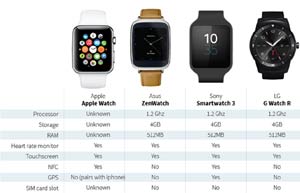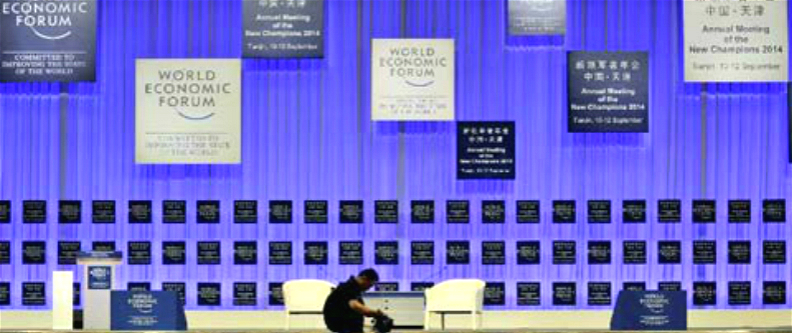Hainan expands duty-free shopping
(Xinhua) Updated: 2012-04-24 09:46SANYA - The size of a duty-free shopping area at an airport in south China's Hainan province is expected to be doubled to stand at over 6,000 square meters by the end of this year, a local company announced on Monday.
More franchised brand stores will be added and local ethnic minority products will be sold together with international luxuries at Meilan International Airport in the capital city of Haikou, according to Hainan Provincial Duty-free Goods Co Ltd.
Hainan has opened two duty-free stores in the airports in Haikou and Sanya, the province's two largest cities.
A tax rebate policy initiated in April 2011 to cushion the island province's ambitious plan to build itself into a world tourism destination, has benefited the local economy in the past year, significantly increasing tax revenues and boosting tourism.
According to statistics from Haikou's customs, over 900,000 tourists had purchased about 2.9 million duty-free items by April this year, with sales totaling more than 1.8 billion yuan ($286 million).
Partly thanks to the tax rebate scheme, Hainan also witnessed rapid growth in tourism and registered a tourism revenue of 32.4 billion yuan in 2011, a year-on-year rise of 25.8 percent, despite global financial conditions and the European debt crisis.
However, there is still a long way to go before Hainan becomes a real world-class tourism destination and duty-free shopping paradise, and there is much room for improvement in the duty-free policy.
Over the past year, each buyer spent about 1,889 yuan on tax-rebate items on average, far short of the 5,000 yuan cap set by the scheme.
Among all travelers who purchased duty-free items, over 60 percent spent less than 2,000 yuan.
"The number and variety of goods here are short of our demands, " a traveler surnamed Wang from Beijing complained to Xinhua.
"No electric appliances, toys, cigarettes and wine can be found here, which are popular among travelers," admitted Luo Chundi, vice manager of Meilan International Airport's duty-free store.
Less than 10 percent of visitors to Hainan will purchase at the two duty-free stores in Haikou and Sanya, official statistics show. In contrast, about 30 percent of people departing from Cehjudo Airport in the Republic of Korea and 75 percent from Japan's Okinawa Airport purchase under a similar duty-free scheme.
Zhou Ting, a researcher of domestic luxury goods, said Hainan operates duty-free stores under a supermarket-style model and ignores such promotional devices as brand publicity and product demonstrations.
Also, the duty-free stores are facing competition from discount stores that sell luxuries, Zhou said.
Nonetheless, duty-free store operators are confident in the tremendous market potential thanks to the craze for luxuries in China.
According to a report released by the World Luxury Association in January this year, China has outstripped Japan to become the world's largest luxury goods market.
The report showed that consumption of luxury goods in China reached $12.6 billion annually by the end of last year, accounting for a 28-percent share of the global market.
Experts say luxury goods consumption has gained popularity in China and will gradually extend to second- and third-tier cities, indicating duty-free stores have a bright future.
- China, Albania to enhance agriculture, infrastructure partnership
- Regional center, more integration
- Growing fast and going global
- Revitalized stadium to boost culture and tourism
- Klaus Schwab: The visionary professor
- Robust range as industry thrives
- Growing into a green and ecological city
- Dongjiang the choice for leasing
















